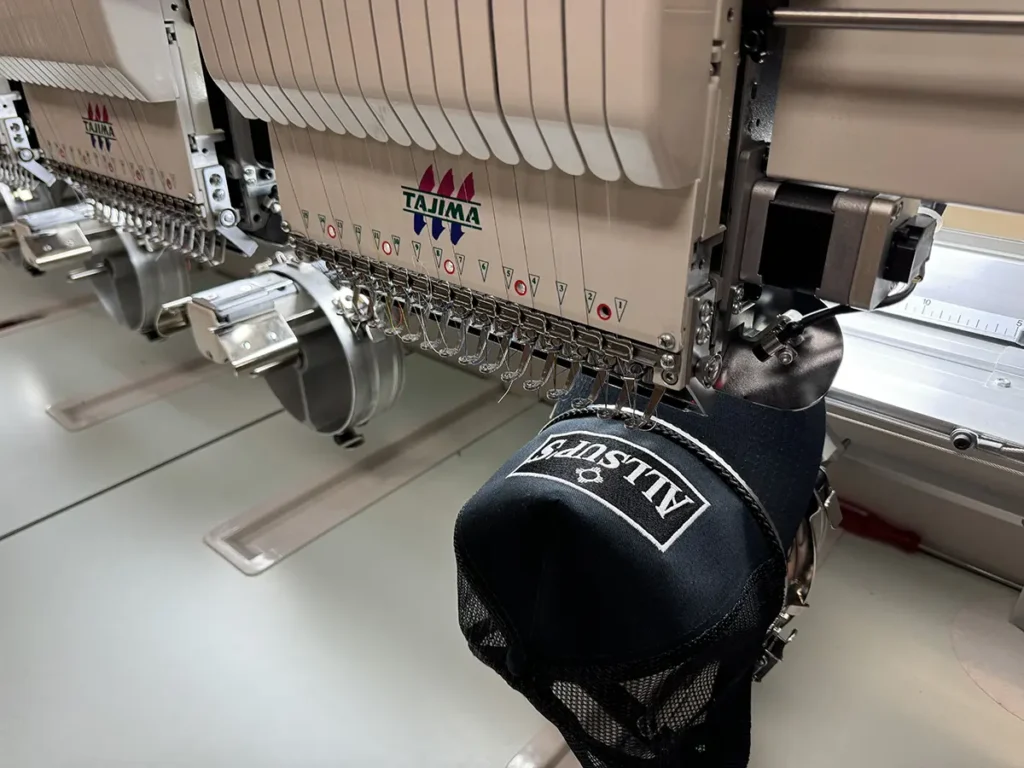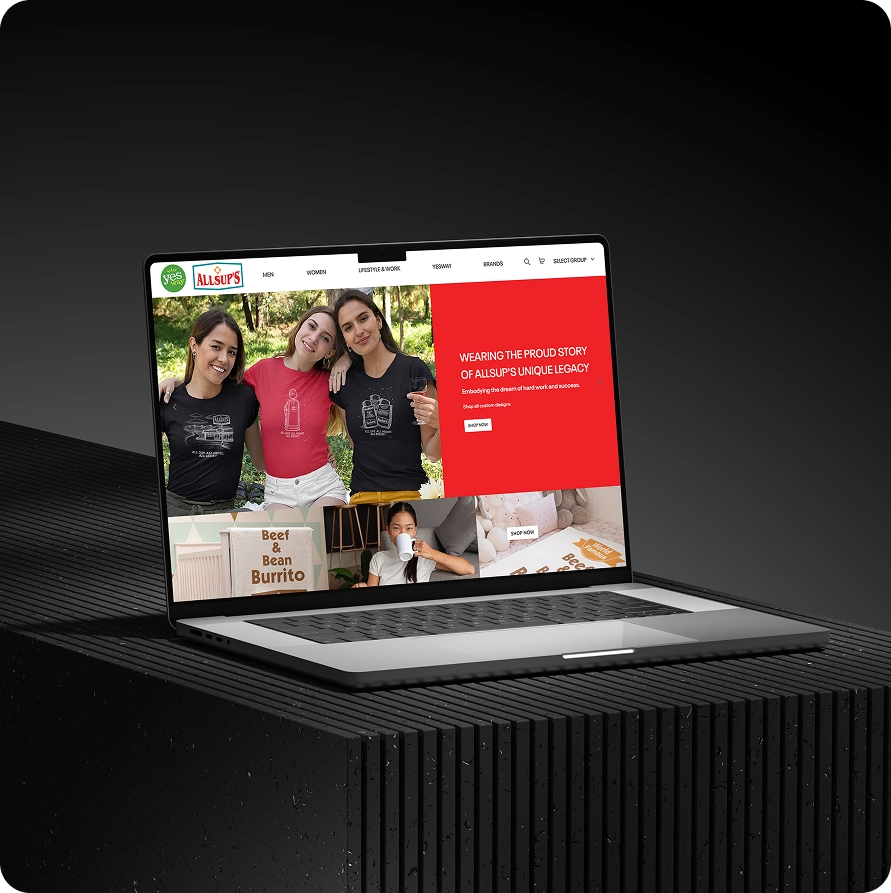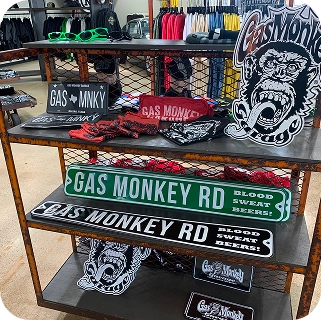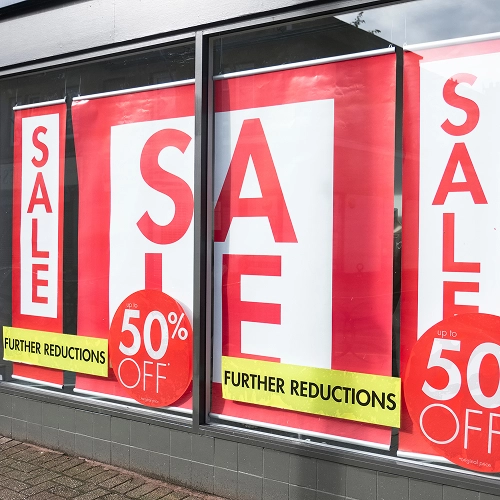What we do
Creative Services

Concept. Create. Captivate.
When your marketing needs a creative edge, our team is ready to step in. Whether you are refreshing existing assets, need quick file adjustments, or full-scale design execution, we provide tailored, scalable creative support . We’ll guide you through the process from prototyping and proofing and final approval—ensuring your vision is perfectly aligned, print-ready, and built to captivate and convert.
Our Creative Service Offerings
- Prototype & Development
- Creative Modification & Customizations
- Logos
- Content Creation
- Proofing
Ready To Print? We’re Ready!

Discover More Services




